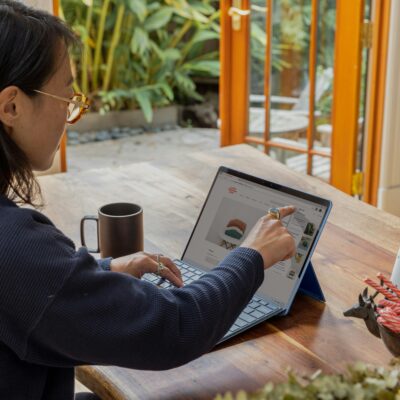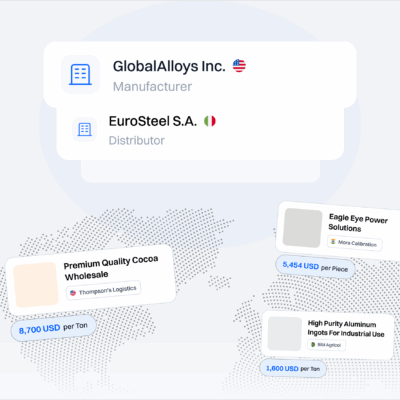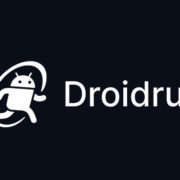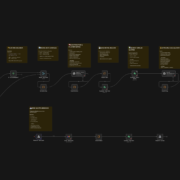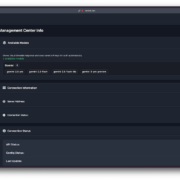Open-source music software is a playground for creativity and collaboration. It offers tools for creating, mixing, or experimenting with sound, all completely free of charge. Unlike commercial programs that lock you into specific workflows, open-source solutions let users customize features to fit their needs.
For indie creators and developers, it’s empowering. The freedom to tweak settings or add functions fosters innovation. Whether you’re crafting beats on your laptop or integrating apps with mobile devices, the potential is immense. Here’s a closer examination of what it is, how it works, and why it matters.

How Open-Source Software Powers Music Creation
Open-source music software empowers creators with flexible tools. Programs such as Audacity or LMMS are free to use and modify, which means musicians can experiment without being restricted by high costs or limited features found in commercial options.
Developers contribute improvements continuously, ensuring the software evolves alongside user needs. It’s like having a toolbox that grows smarter every time someone adds a new tool.
For artists, this freedom allows endless possibilities, whether mixing tracks, creating beats, or exploring new genres. With open-source solutions, creativity is limitless. And since music industry revenue is growing at 7.2% a year, it’s also a doorway to a viable career.
Benefits for Indie Musicians and Developers
Indie musicians and developers thrive with open-source music software. For creators, the no-cost access removes financial barriers, allowing them to focus more on making art.
Developers benefit from collaborative coding opportunities, building skills while contributing to real-world projects. It’s like a jam session for coders, as everyone adds their expertise.
These tools also promote customization. Artists can tweak programs to fit their unique workflows, ensuring no compromise in creative expression. Meanwhile, developers can innovate by experimenting with code that directly impacts users.
Open-source technology builds new arenas for independent talent to shine brighter than ever before. Combined with other tools, anyone can get their music out there without going through traditional avenues. For instance, up-and-coming acts can expand video reach with DistroVid and use sister service DistroKid to feature tracks on popular streaming platforms. It’s the foundation of the democratic age of the music industry.
The Role of Mobile Integration in Modern Music Technology
Mobile devices have become powerful tools for music production. Open-source software bridges the gap between desktop setups and on-the-go creativity. Apps like Ardour or Bandlab’s integrations allow musicians to create, edit, or collaborate from virtually anywhere.
Think of it as a portable studio in your pocket, as sketching ideas during commutes or live performances becomes seamless. For developers, mobile compatibility opens doors to reach broader audiences while testing innovative features. There are lots of other open-source mobile apps out there, so even if you’re not an aspiring musician, there’s something for you out there.
Ultimately, combining open-source flexibility with mobile convenience means creators gain freedom and accessibility unmatched by traditional methods. The result is a dynamic workflow that adapts to both inspiration and mobility needs.
The Bottom Line
Open-source music software offers freedom, creativity, and collaboration for musicians and developers alike. It removes barriers, fosters innovation, and adapts to unique workflows. From desktops to mobile devices, it empowers creators with tools that evolve alongside their needs. Embracing open formats and user control lets indie talent gain the resources to create without limits or compromise.


